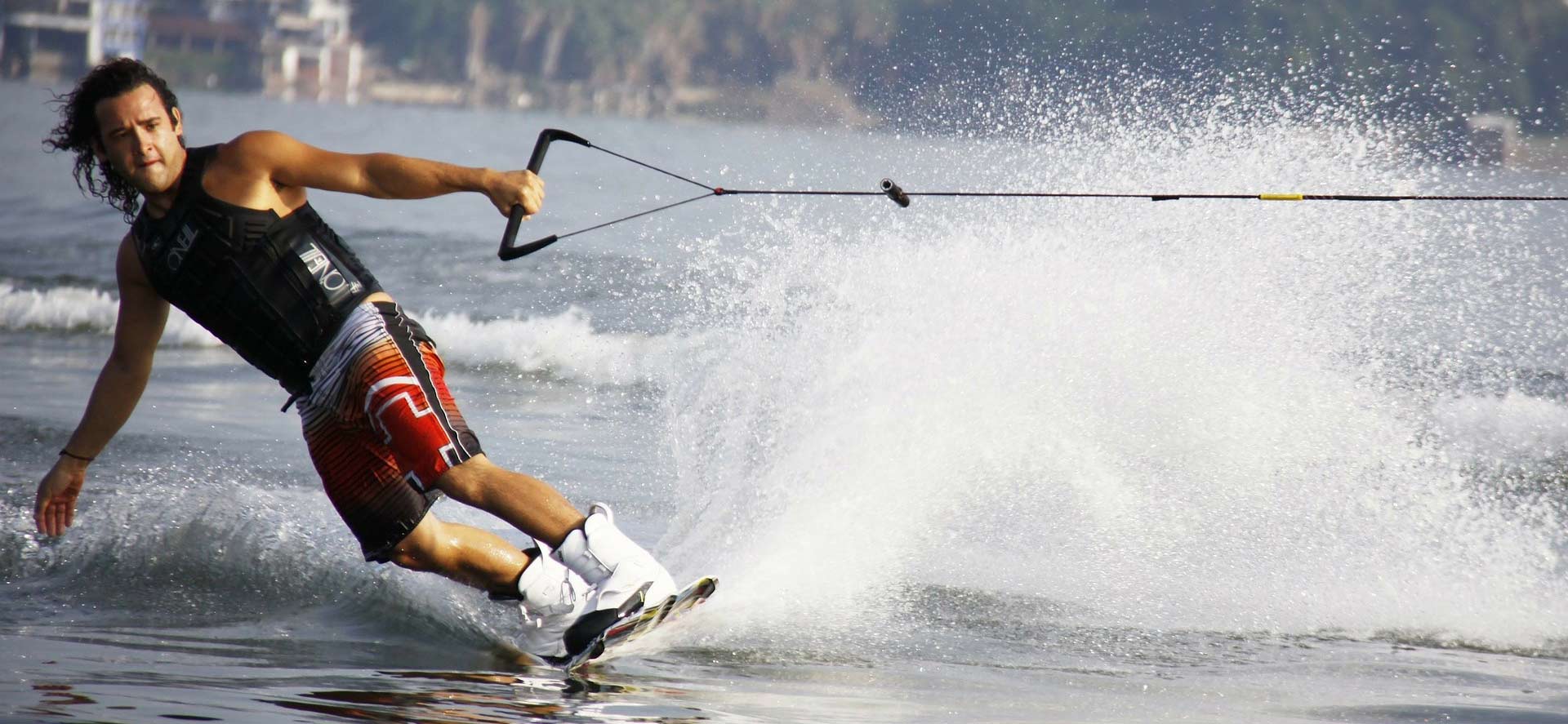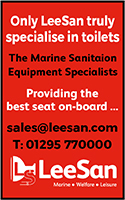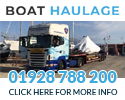Testing the water before buying a boat and learning to water ski:
Before you purchase a boat, skis and all the associated equipment you may wish to try to learn to water ski by using someone else’s boat first be it a friend or by using a professional club with paid for lessons. There are plenty of water skiing clubs and lakes around the UK – see our HERE to find your local options.
 Whilst you can water ski in the sea around the UK coast, it is strongly recommended that your first sessions as you begin to learn to water ski take place on a lake. This is simply because if there are any waves it can make learning to ski that much more difficult. If however you live near to coastal waters and there is no alternative to the ocean then make sure that the sea state is very calm for your first lessons! When you have your starting lessons, ask your instructor or a friend to assist you by holding you, behind, as keeping your balance whist learning to wear skis can be very difficult. You can expect to pay between GBP10 and GBP20 for a 15 minute session. Some clubs do have a system called Cableway, which is simply a system of cable pulls which take you around the lake, meaning you will be lucky enough not to need a boat!
Whilst you can water ski in the sea around the UK coast, it is strongly recommended that your first sessions as you begin to learn to water ski take place on a lake. This is simply because if there are any waves it can make learning to ski that much more difficult. If however you live near to coastal waters and there is no alternative to the ocean then make sure that the sea state is very calm for your first lessons! When you have your starting lessons, ask your instructor or a friend to assist you by holding you, behind, as keeping your balance whist learning to wear skis can be very difficult. You can expect to pay between GBP10 and GBP20 for a 15 minute session. Some clubs do have a system called Cableway, which is simply a system of cable pulls which take you around the lake, meaning you will be lucky enough not to need a boat!
The basic starting ski position is to hold your body tucked up as small as you can. Stay that way in the water, with hands and handle around your legs. When the rope is pulled tight and you’re balanced, shout “Hit it please”. Stay tucked in, and the boat will pull you up and out of the water. You do not need to try to do a pull up yourself, instead allow the water and tension to do it for you. Within a few seconds your skis will be on top of the water, and all you need to do is stand up. Easier said than done, but with practice, it will come! Stand up with straight arms, straight back and bent knees in the ski position. Your bent knees absorb the shock and bounce of the waves and prevent any injury or imbalance.
Stay behind the boat during turn a-rounds. When you want to cross the wake, the track left behind in the water by the boat, then do it quickly. Lean out, pulling evenly on the handle, lift one ski a little and out you’ll go. When you’re ready to come back in, first go out a little wider, then come in quickly. The wake is bigger than you think.
As in all watersport, manners and courtesy are vital both on, and off the water. You should ensure firstly that under no circumstances are you skiing in close proximity to fishers, swimmers, personal watercraft or anyone else using the same body of water. Observing obvious safety rules is equally important – See your clubs notice board for a full list.
If you do get in to trouble out there, just sit on the skis. The same thing applies when you’re ready to stop, simply let go of the rope, and sit on the skis. You’ll just glide for a while before your skis sink beneath you. Do not, at any point, ski into the dock to land as this could cause a nasty accident that will ruin your day and almost certainly do some serious damage.
Buying a boat and associated water skiing equipment:
The changing nature of boat design reflects how the sport has evolved over time. Skiers prefer small, soft wakes. Wake boarders, on the other hand, want big wakes from which to launch aerial maneuvers. If you participate in both sports, or share a boat, you will need to look at crafts which can compromise.

What to consider when buying your boat:
Your chosen boat must be able to reach speeds of a minimum of 20-25 miles an hour, so review your basic options on types of engine. An inboard engine is the most powerful and therefore usually the most expensive style and is located in the boat’s hull. Outboard engines clamp onto the transom and are usually less expensive. Inboard/outboard engines combine the power of an inboard with the maneuverability of an outboard. Make sure you understand the trade offs between types of engines.
V-drive boats feature rear-mounted engines, and a deep V hull that cuts easily through chop, but does produce a large wake. Some are designed specifically for wake boarding and feature ballast tanks that can be filled for even bigger wakes, or drained to take skiers. Tow lines attach to a tower above the cockpit and the rear engine tends to allow for a quieter ride.
A direct-drive engine is located mid-boat and sends power directly from the engine to the drive shaft and to the propeller. Direct drives with their flat bottoms are often preferred by skiers because they produce small wakes, and handle and track better. The flat hull, however, can sometimes make riding on choppy water a bouncy ride and the engine, smack bang in the middle of the boat, can use up valuable space for seating.
Because of new technology and innovations in the sport, developers have worked on solutions to help vessels meet in the middle. Featuring direct-drive engines, these all event boats have ballast tanks and adjustable plates, so that you can create huge wakes, or keep it low key to satisfy skiers.
Investigate the available amenities, for example swim platforms make it easier to climb into the boat after a hard run, and overhead racks to stow gear safely away.

The necessary equipment you will require when water ski-ing:
 Skis
Skis- Ski rope
- Wet suits and or dry suits (dry suits are for if you become a very keen skier and want to continue to ski in the winter months – keener skiers will ski in December and January, but this is not for the faint hearted)
- Ski gloves
- Life jacket
Where to water ski:
Once you have mastered the act of water skiing you can ski virtually anywhere. You could call the www.britishwaterski.org.uk – who are the National Governing Body for water skiing in Great Britain and should be able to advise you of the nearest suitable lakes to you. If you are water skiing in the sea then you will usually pay a small amount to launch your boat from the trailer on a slipway, approximately GBP10 to GBP20. If you are using a lake you will pay to use the lake, usually on an hourly basis, which is about GBP25 per hour. There also clubs that you can join on an annual basis whereby your fee will cover you over the year to use the lake as and when you please.
Watersport Retailers click here for a full list.
Water Skiing & Wake Boarding click here for a full list.












